Here are 10 tips for traveling to Peru :
Table of Contents
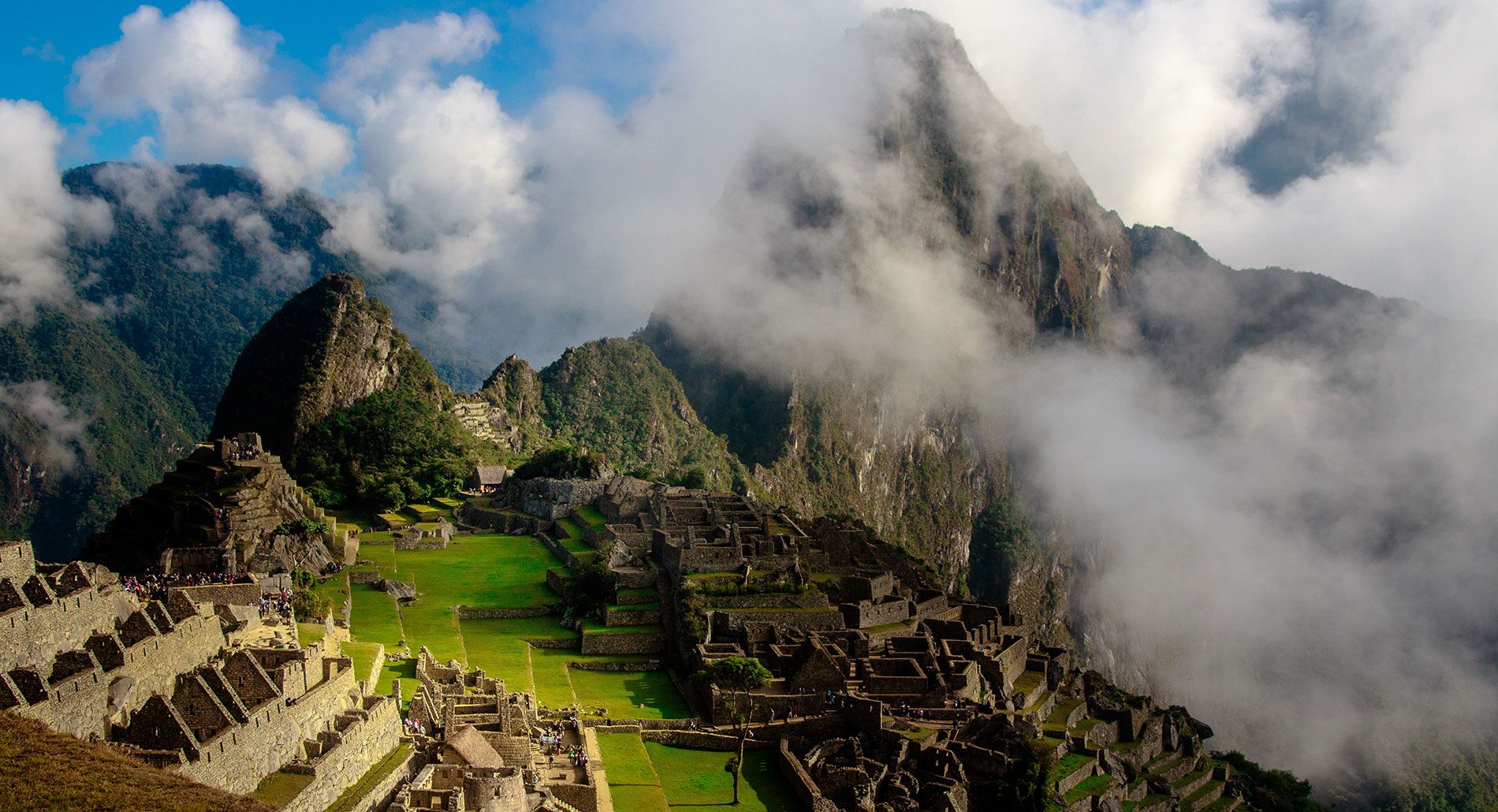
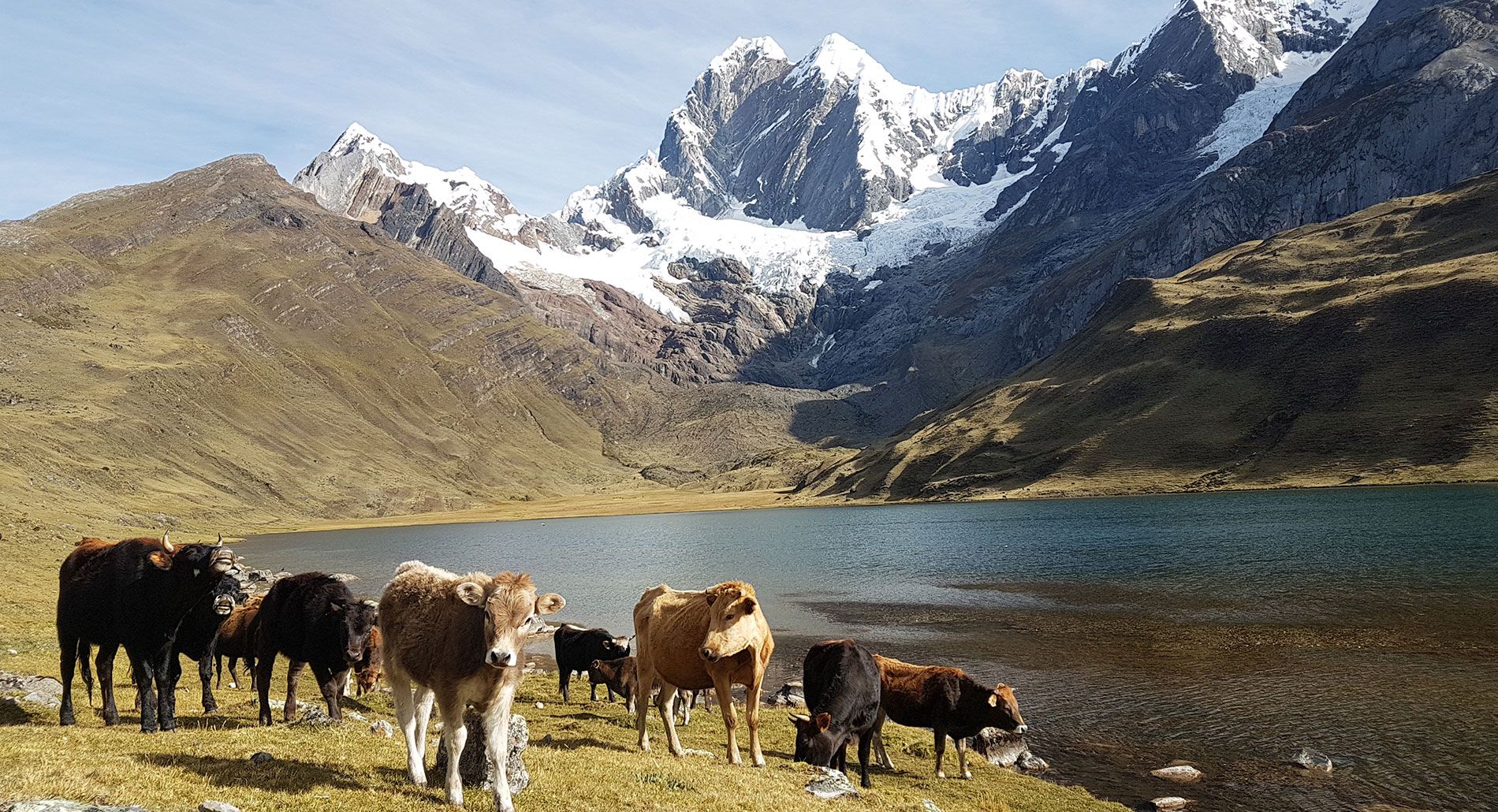
So you find yourself planning a trip to Peru and don't know when to come? Every time of the year is special and can offer a very different experience to visitors, especially considering the great diversity of Peru's geography. However, the general consensus is that the best time to travel to Peru is between April and October, when it doesn't rain as much and you can enjoy sunny days in the mountains.
Summer in Peru occurs between December and March, as we are in the southern hemisphere, and brings heavy rains to the mountainous areas and the Amazon rainforest. Many people decide not to come in the summer so as not to run the risk of having a rain shower ruin their day. If your dream in Peru is to visit Machu Picchu, the Amazon, Lake Titicaca or any other place in the mountains, we definitely recommend you to come between April and October, which is the dry season and the sky turns deep blue.
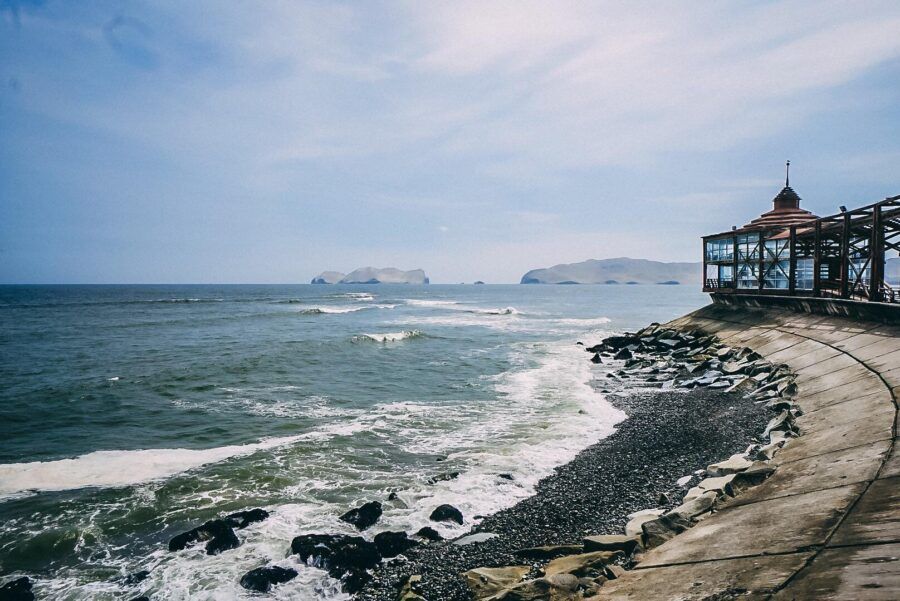
However, summer is the perfect time to visit Lima and the entire coast of Peru. The Peruvian coast is a desert and therefore it does not rain, so it is the perfect time for all beach lovers, surfers and sunbathers. In addition, Lima takes on a special vigor at this time, when the sky stops being gray and turns blue and in general the whole city looks a little more cheerful and full of life.
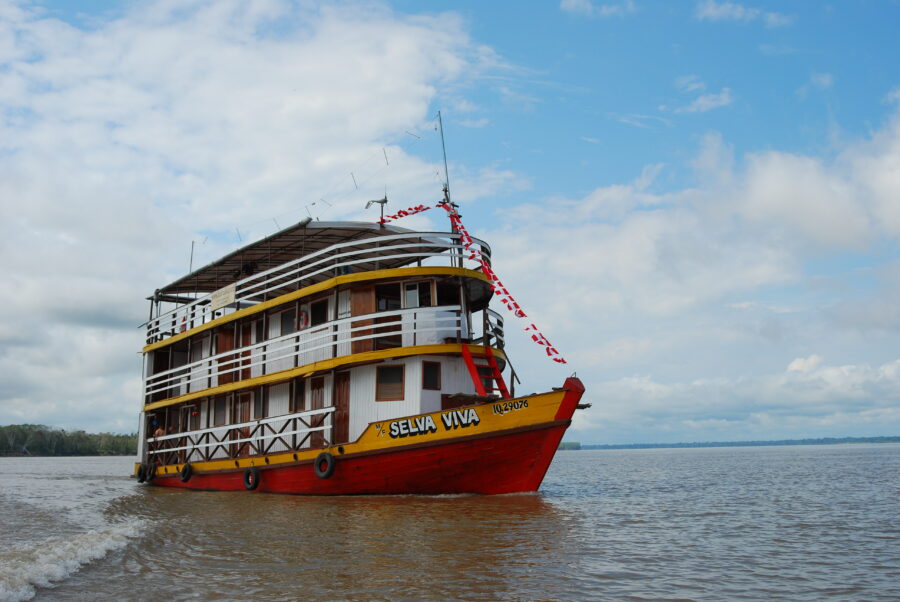
So far, there is no other way to enter Peru than through the Jorge Chavez international airport located in Lima, the capital city. So the first stop on any trip to Peru is Lima, unless you enter by land from Ecuador, Chile, Bolivia or Brazil. Many people decide not to stay in Lima, but in a little while we will tell you why it is a good idea to stay. From Lima, it is easy to move around the country, as there are flights from Lima to all cities. There are also flights between the main cities such as Cusco, Iquitos, Puno, etc.
However, for the adventurous or people traveling on a budget, it is possible to travel by bus in Peru. The only thing you need to know is that Peru is a big country: it is twice the size of France and bus trips can be quite long. From Lima to Cusco, for example, it takes almost 24 hours to travel. Bus tickets can cost around 40-50 dollars, so it is not a very low price either. However, the scenery is beautiful and if you're not pressed for time or stressed about sitting for so long, it's an easy way to get around.
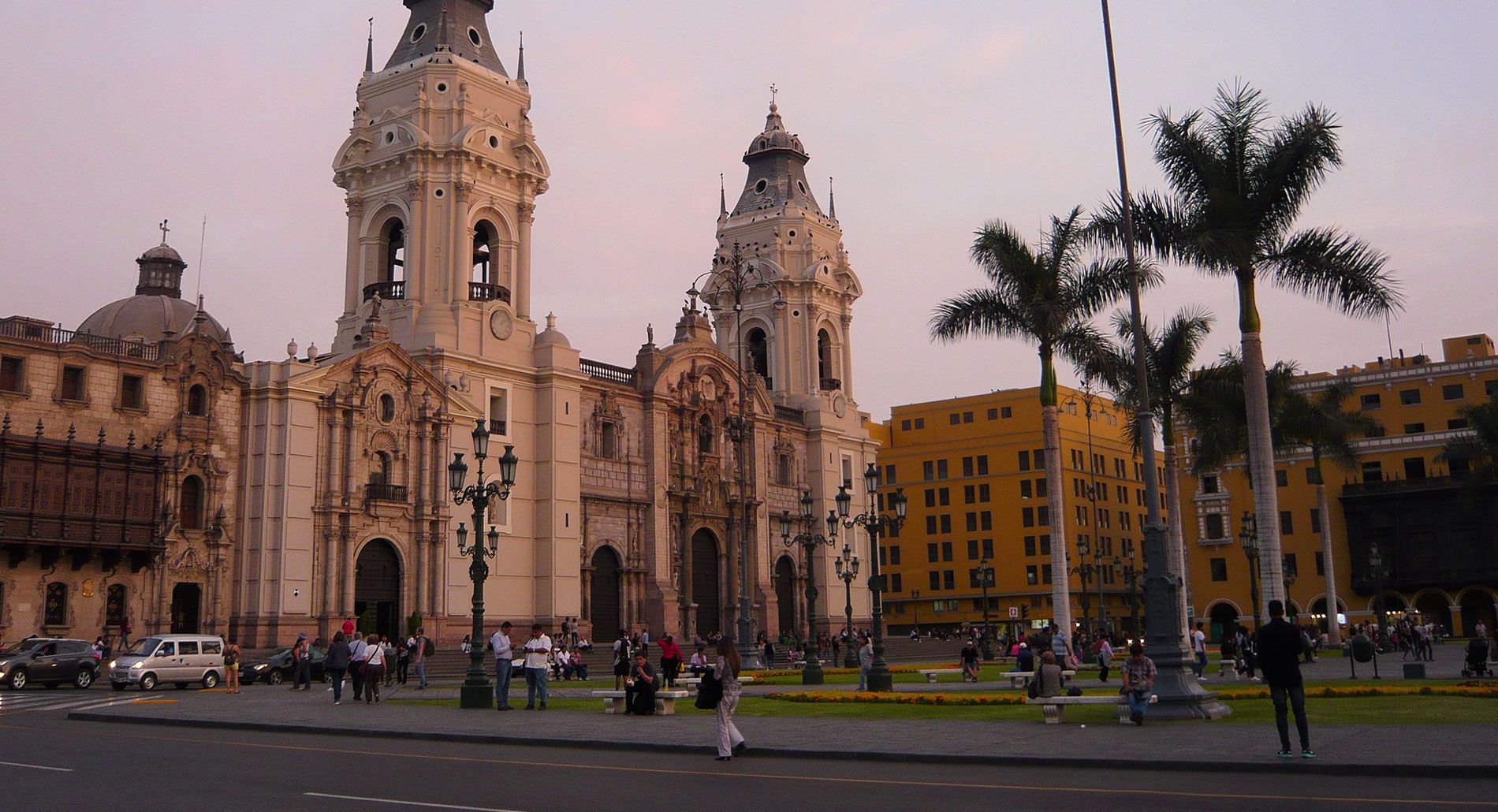
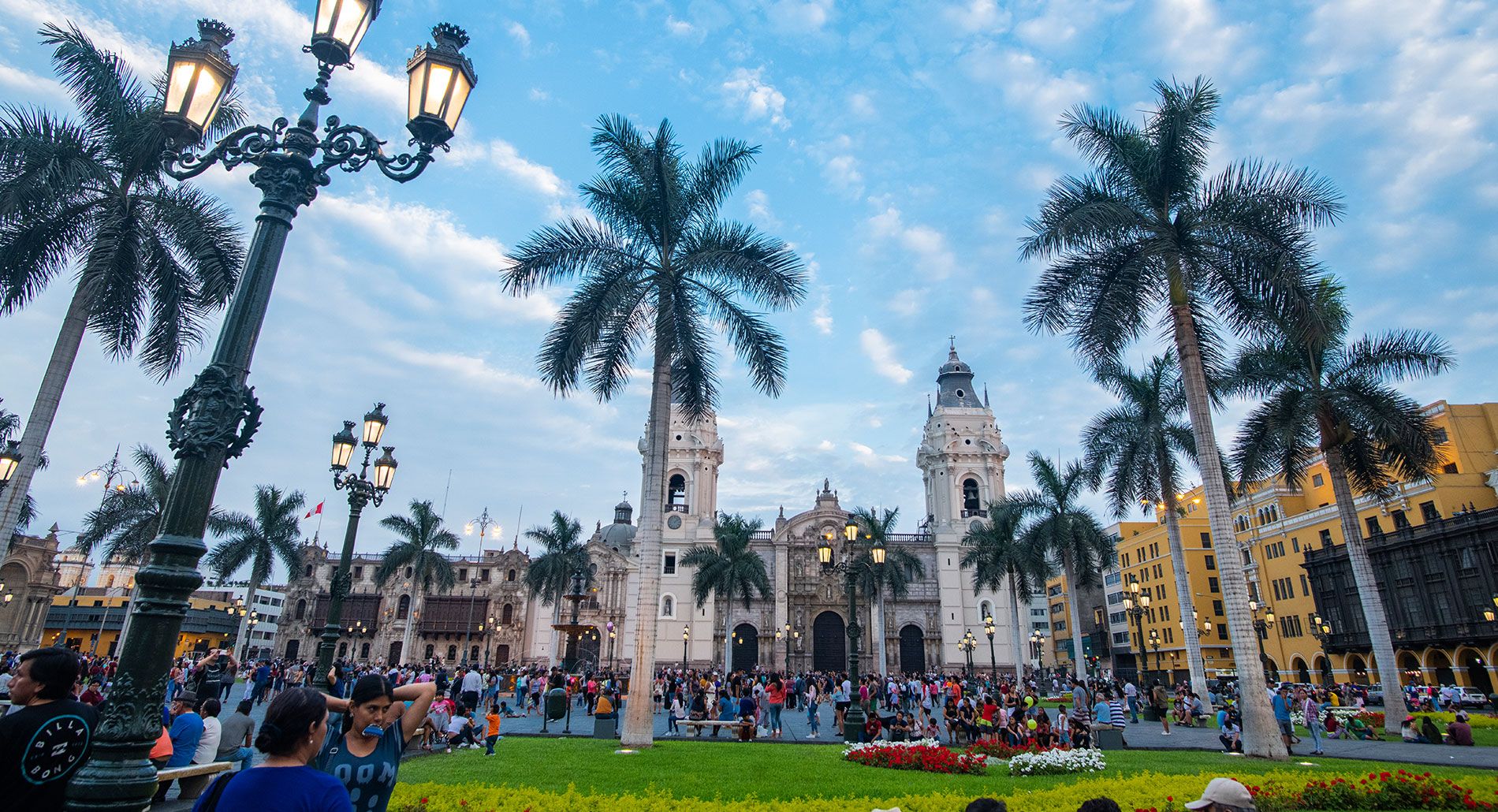
Many people dream of visiting Peru and its magnificent landscapes, but when they find out that Lima has nothing like it, they decide not to waste their time in the capital. Lima is a huge and chaotic city of 11 million people, so many tourists are not interested in visiting it; however, we believe that it is still a city with beautiful places that can help you better understand this complex country.
Lima is as diverse as Peru itself, but the most touristic and perhaps the most beautiful districts are Miraflores and Barranco. They are together and are located on a cliff with boardwalks overlooking the sea and the entire coastline of the city. In addition, they have the best beaches in the whole city that in summer are full of life and surfers. Before Lima was so big, both used to be seaside resorts an hour away from the city where people lived peacefully among trees and rivers. Miraflores and Barranco are full of romantic places in front of the sea, in parks full of vegetation or in the streets of traditional houses that are full of huge trees.
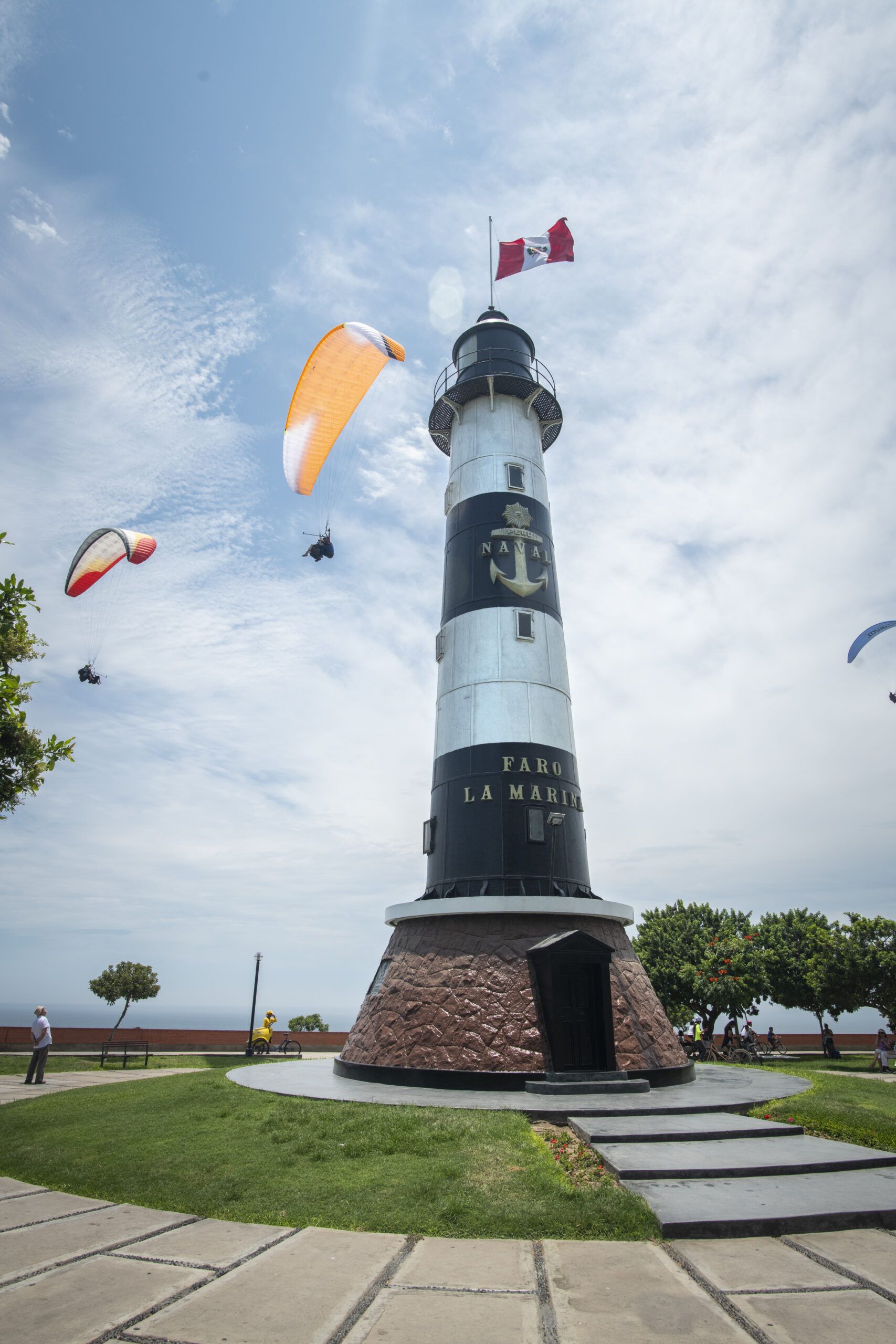
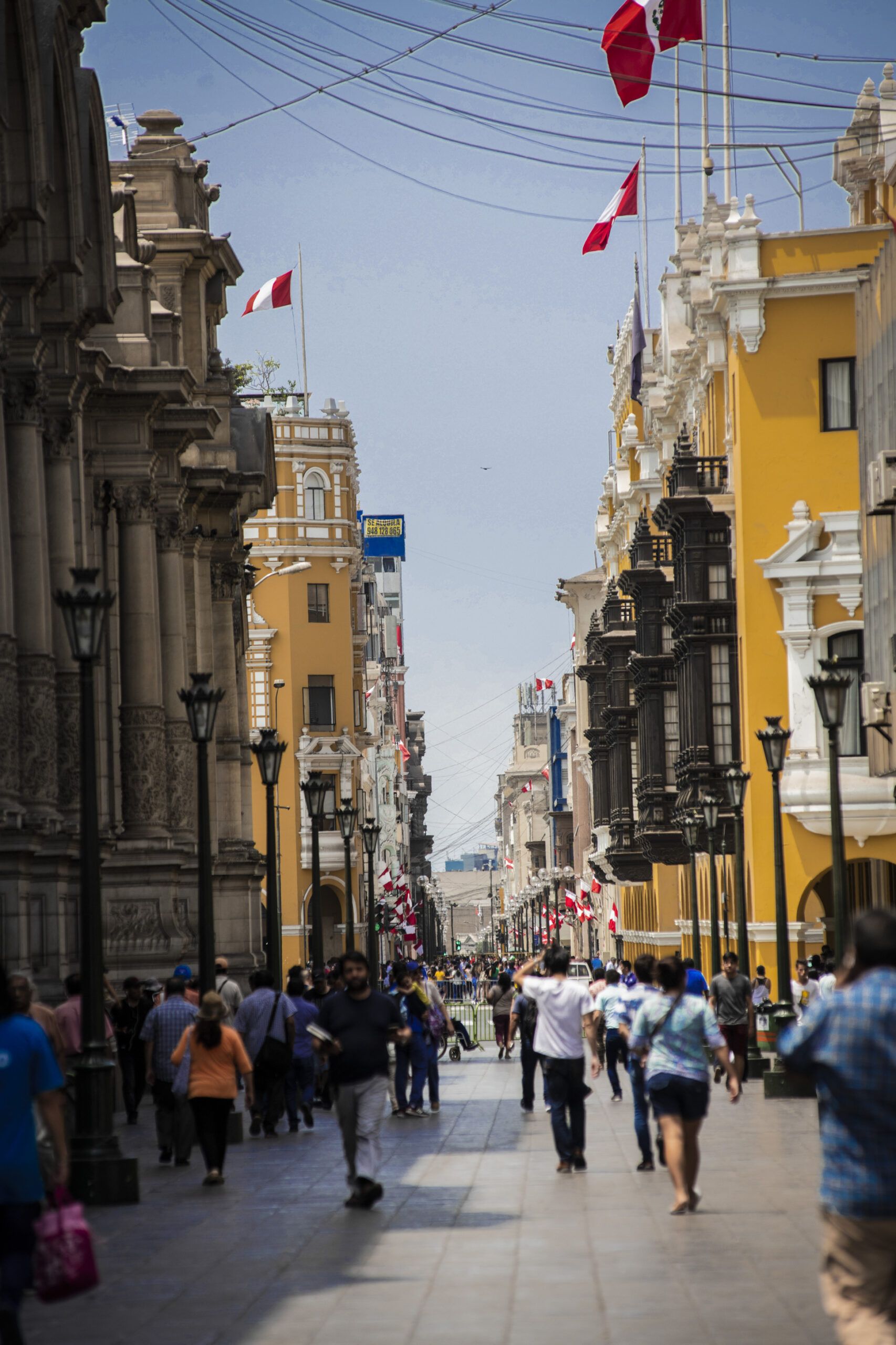
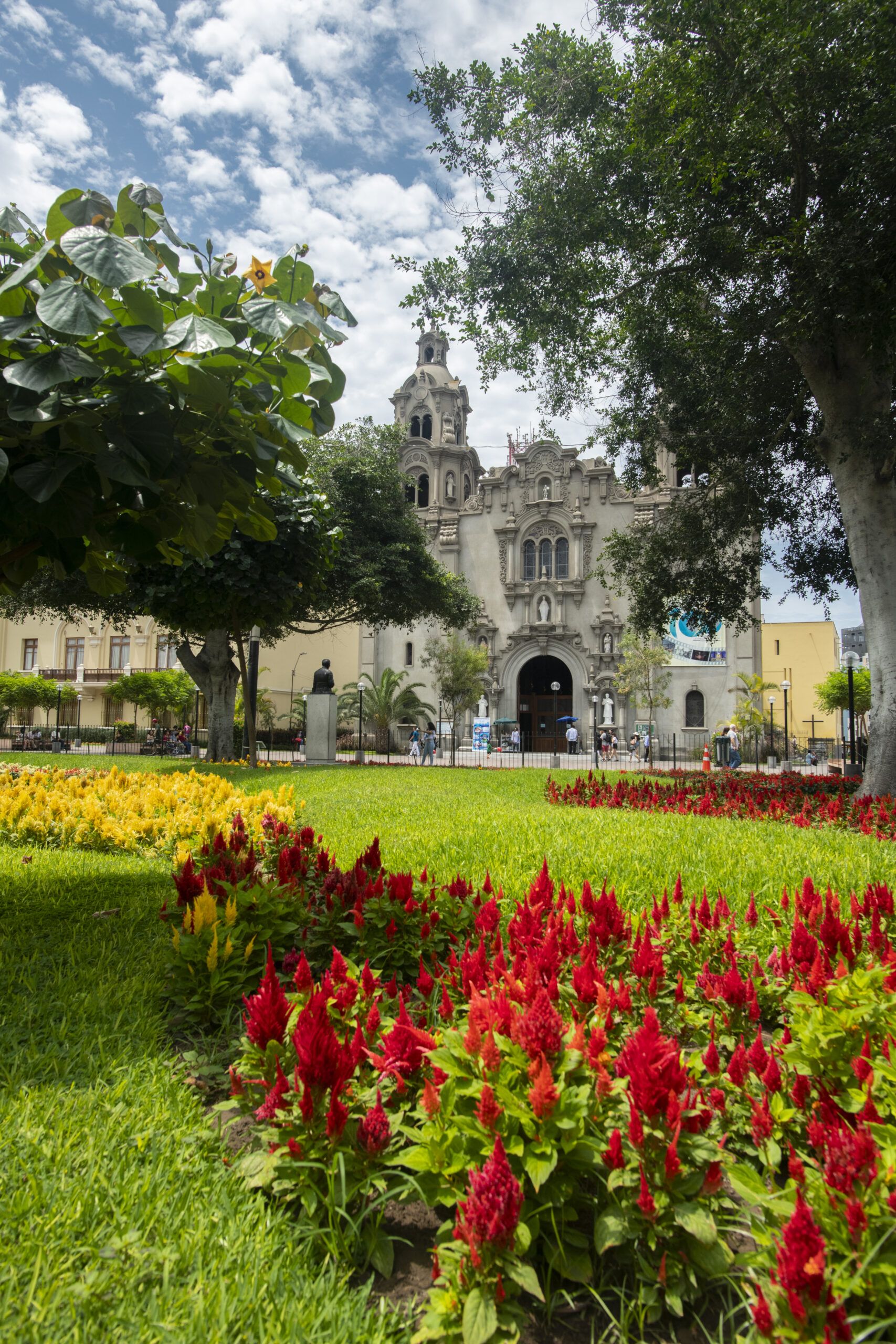
Today, Miraflores and Barranco are the center of nightlife, artistic life and are home to the best restaurants, bars and cafes in the city. However, Lima's historic center is an increasingly attractive option for tourists. The so-called historic center is the oldest part of the city, which is 500 years old since it was founded by the Spaniards and was once filled with luxurious palaces.
Today, the Historic Center is the scene of the city chaos and the mixture of cultures, times and movements that is Lima. If Miraflores and Barranco are quiet districts where tourists abound, Downtown becomes the heart of the real city with its eccentricities, traditions and welcomes people from all over. Although little by little tourists are going deeper into this district to get to know the true face of historical Lima and modern Lima. More and more nightlife in the Plaza San Martin and more tourist attractions in the religious and colonial palaces.
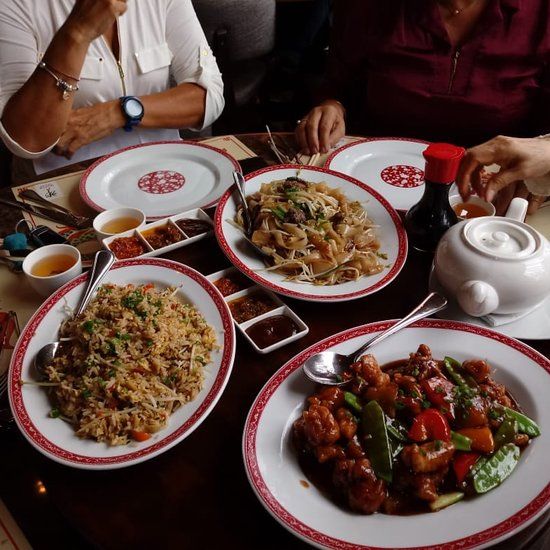
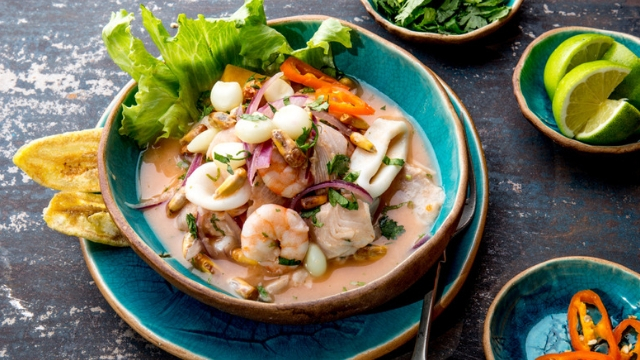
In recent years, Peru has begun to be recognized as one of the countries with the best food in the world. Lima has begun to be called the gastronomic capital of South America and in Miraflores and Barranco you can find restaurants that compete with the best gourmet cuisine in Europe.
Truly, the best thing to do in Lima is to eat, as there are hundreds of great restaurants offering seafood, Peruvian-Asian fusion, traditional dishes from the highlands, Peruvian-Italian cuisine and all the cosmopolitan cuisine you can imagine. And best of all, there is a variety of prices ranging from the finest restaurants that compete with European cuisine to market stalls that for three dollars offer traditional menus with exquisite seasoning.
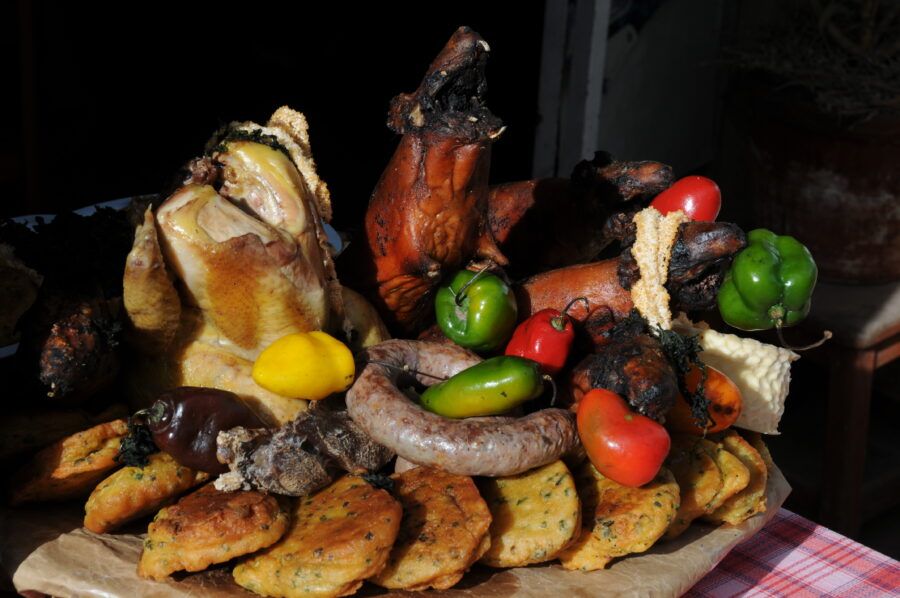
Of course, people with a light stomach should take caution, as Peruvian cuisine is full of seasonings. The mixture of Andean, Asian and European herbs and spices can be too heavy and foreign for many people who may develop an upset stomach or worse if they do not take care of themselves. It can be worse if you eat anywhere that does not meet proper hygienic conditions. And added with the altitude of cities like Cusco where digestion is slower, all this can be a recipe for disaster.
That is why we recommend always looking for places that comply with the basics of cleanliness; for example, never order a cebiche in a street stall. And, especially in the mountains, accompany all meals with an infusion that helps digestion instead of cold water or soda.

Speaking of altitude sickness, it is not only dangerous for digestion. Many of us are not aware of how different it is to live in front of the sea and live at 3000 meters above sea level. The amount of oxygen that the body can assimilate is much less and many people get altitude sickness, known here as soroche.
Some people are more affected by the soroche than others, so they may need several days to recover. So no one should think they are Superman when hiking at 3000 or 4000 meters above sea level, you never know if the altitude can play a trick on you.
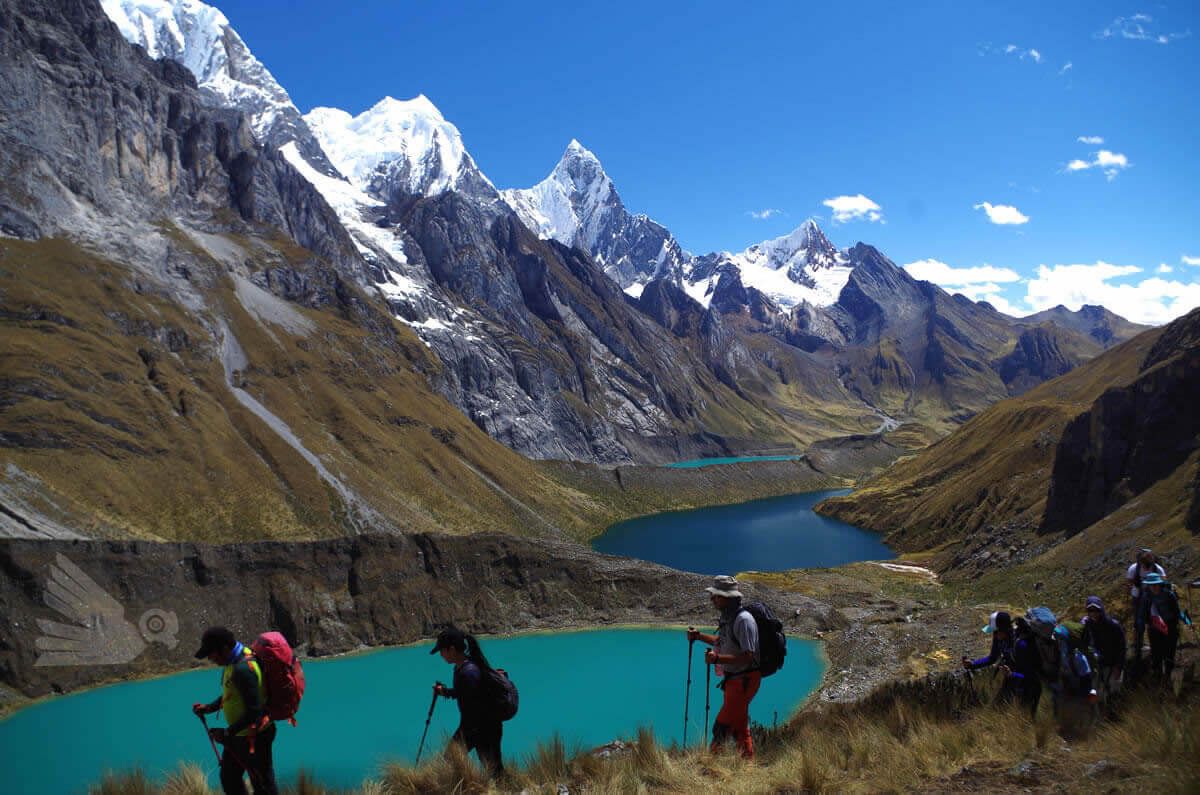
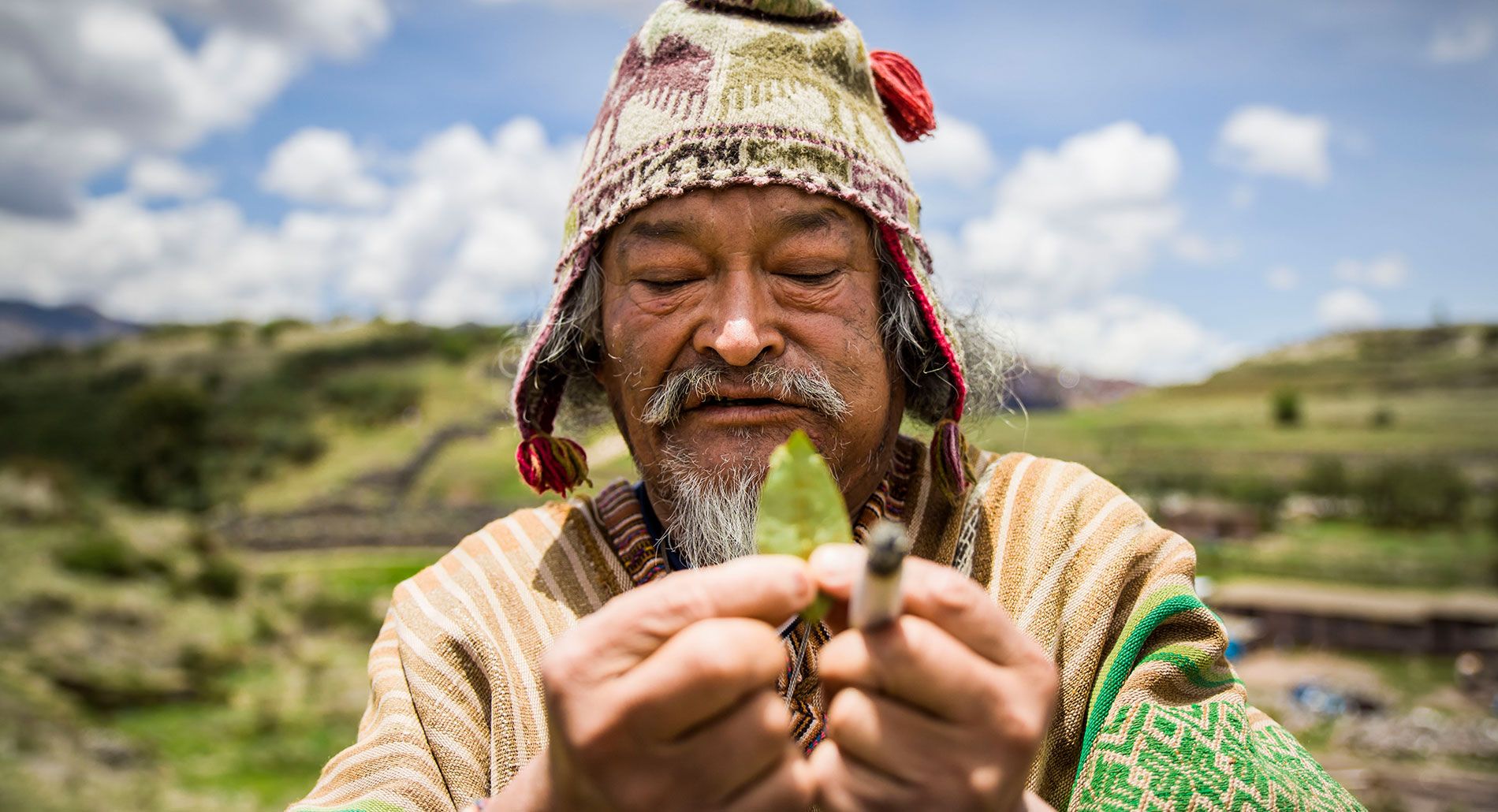
Most tours give tourists at least one day to acclimatize every time they arrive in cities like Cusco that are at 3200 meters above sea level. And in many hotels they give infusions of coca leaf, a magical plant that helps to diminish the effects of the soroche. Another important issue is the food we talked about: you have to eat very light every time you get to a high altitude place because on top of having less oxygen, the body will find it harder to digest.
As we have already told you, Peru has thousands of different geographies, so a traveler must come prepared to face the heat and the cold. Sometimes, in the same hour it can go from very hot to very cold, especially in the highlands.
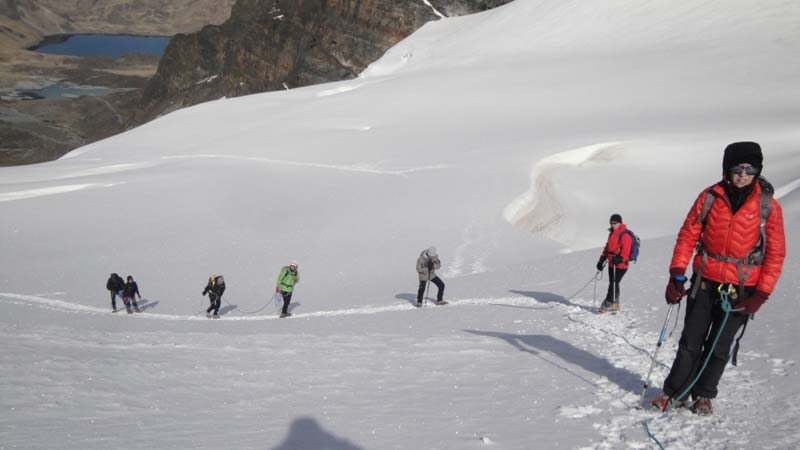
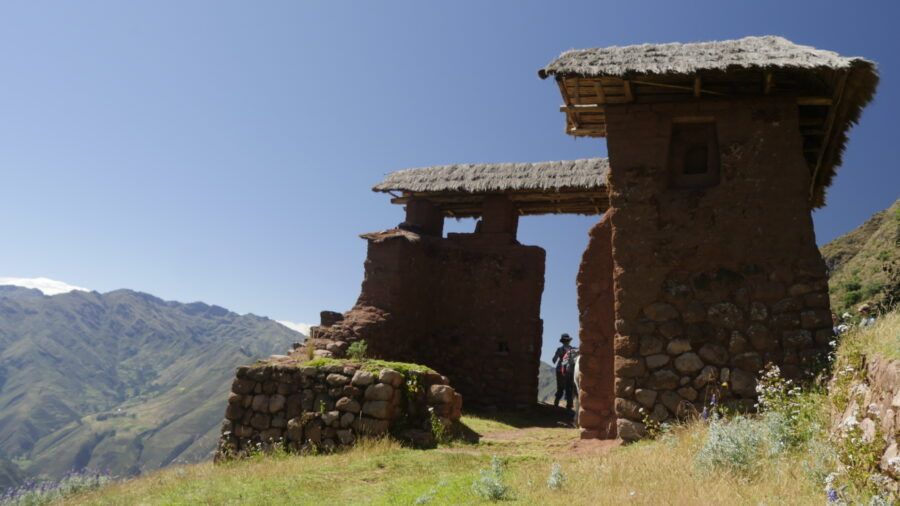
The mountains of Peru have very extreme climates because naturally the altitude generates more cold, but being closer to the sun, during the day it can be very hot. Sunburns are very common, so it is recommended to always wear sunscreen. Perhaps the most intense variation occurs in winter, between the months of June and August, when there can be intense sunshine during the day, but at night there can be frosts with temperatures below 0ºC.
There are equally strong changes when going from the mountains to the jungle or the coast. In the jungle, it is hot and the air is quite humid, which is even more intense than the dry heat of the mountains. In the jungle, you can't even walk in a sweater anymore. However, mosquitoes and insects can be very heavy, so we recommend wearing light shirts and pants to cover your arms and legs.
On the coast is where we have a more temperate climate. Lima, for example, is a very humid city and it can get quite cold in winter and very hot in summer. The good thing about the coast is that there are not the abrupt temperature changes that the mountains have.
Since we are talking about the diversity of climates, it is also necessary to talk about the diversity of cultures and people present in ancient Peru. Definitely, the Inca culture is the most famous and the most studied of all, since it was the only empire that the Spaniards managed to see when they arrived in Peru. However, the Incas were the last great culture of an entire civilization that developed in the Peruvian Andes.
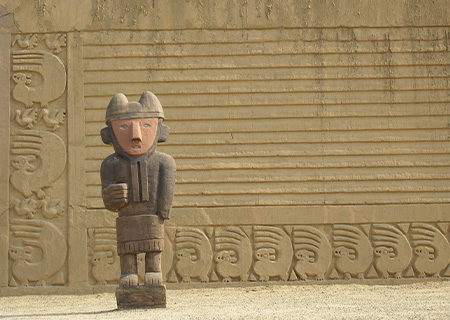
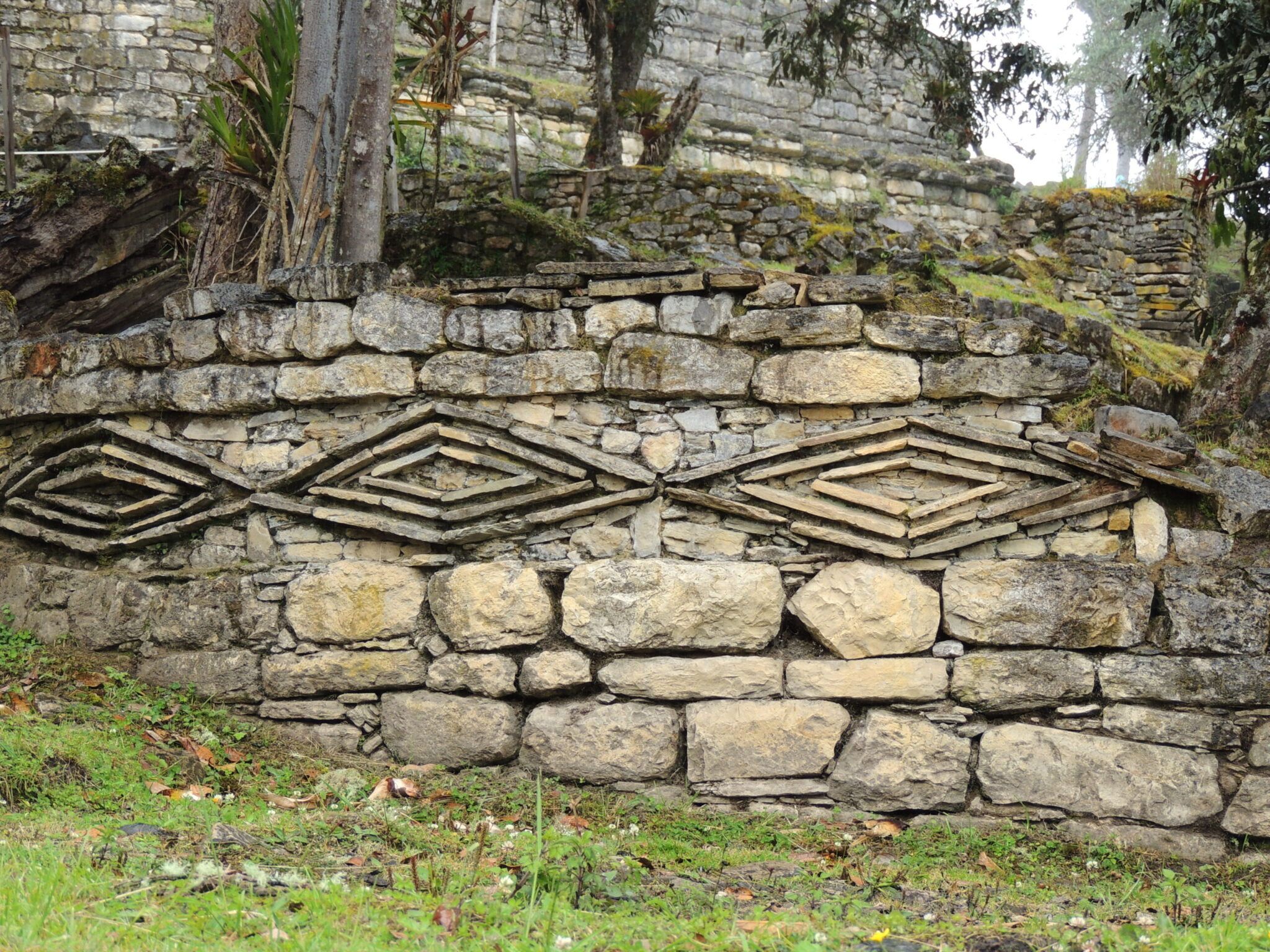
Cusco was the capital of the Incas and that is why you can still feel their presence around, but even many people think that some of its most emblematic and impressive buildings such as Sacsayhuaman were inherited by the Incas from some previous culture with much more knowledge in monolithic construction.
Likewise, just by leaving Cusco and going to any other region of Peru, you will find archaeological sites of many different cultures such as Chavin, Caral, Nazca, Paracas, Tiahuanaco, Wari, Moche and Chachapoyas. These are just some of the few that we know of because we have discovered their archaeological remains on the coast or in the highlands. However, much is still unknown about them and the Amazonian cultures, of which the Shipibos, Awajún, Bora, Huitoto, Harakmbut, etc. still exist today.
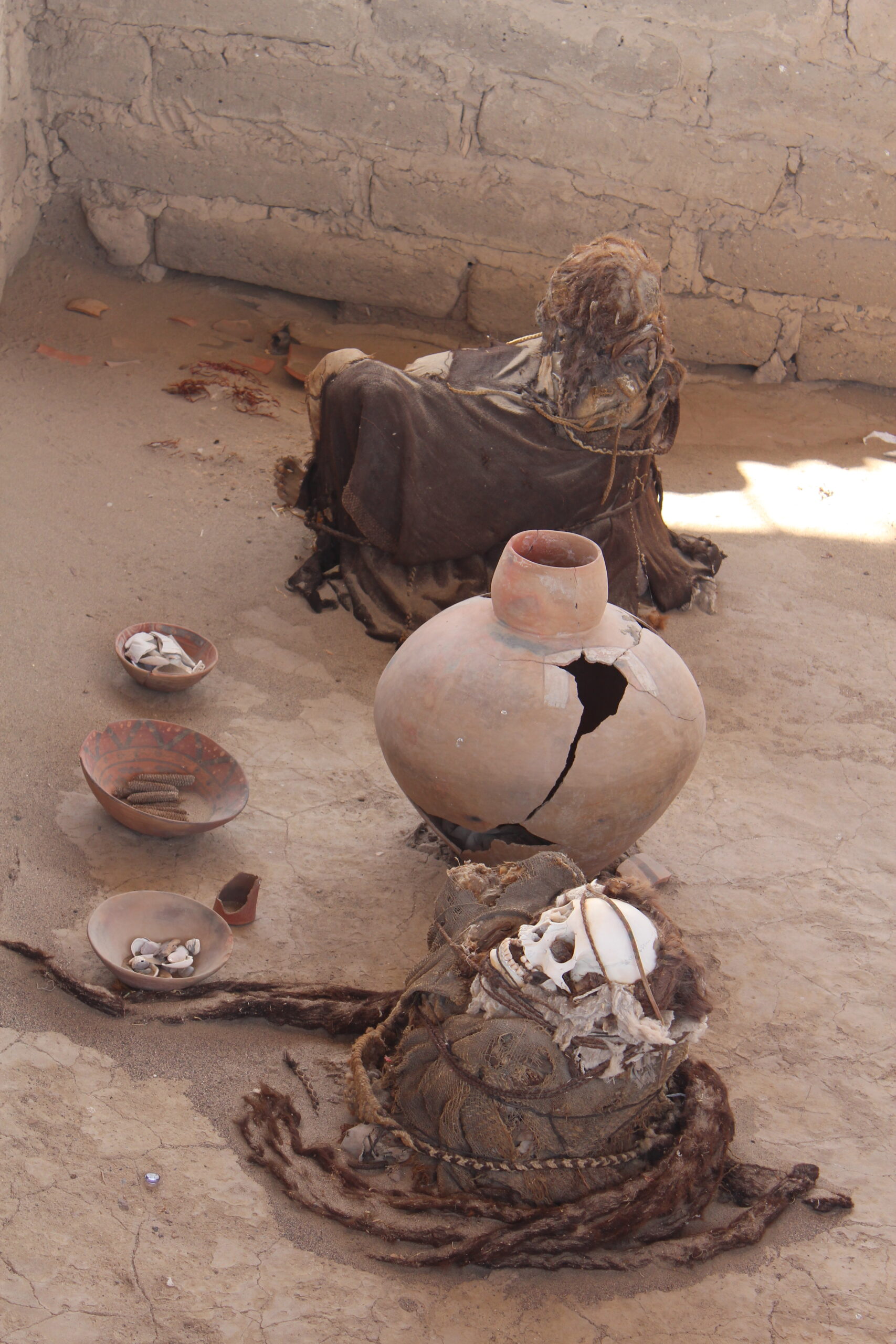
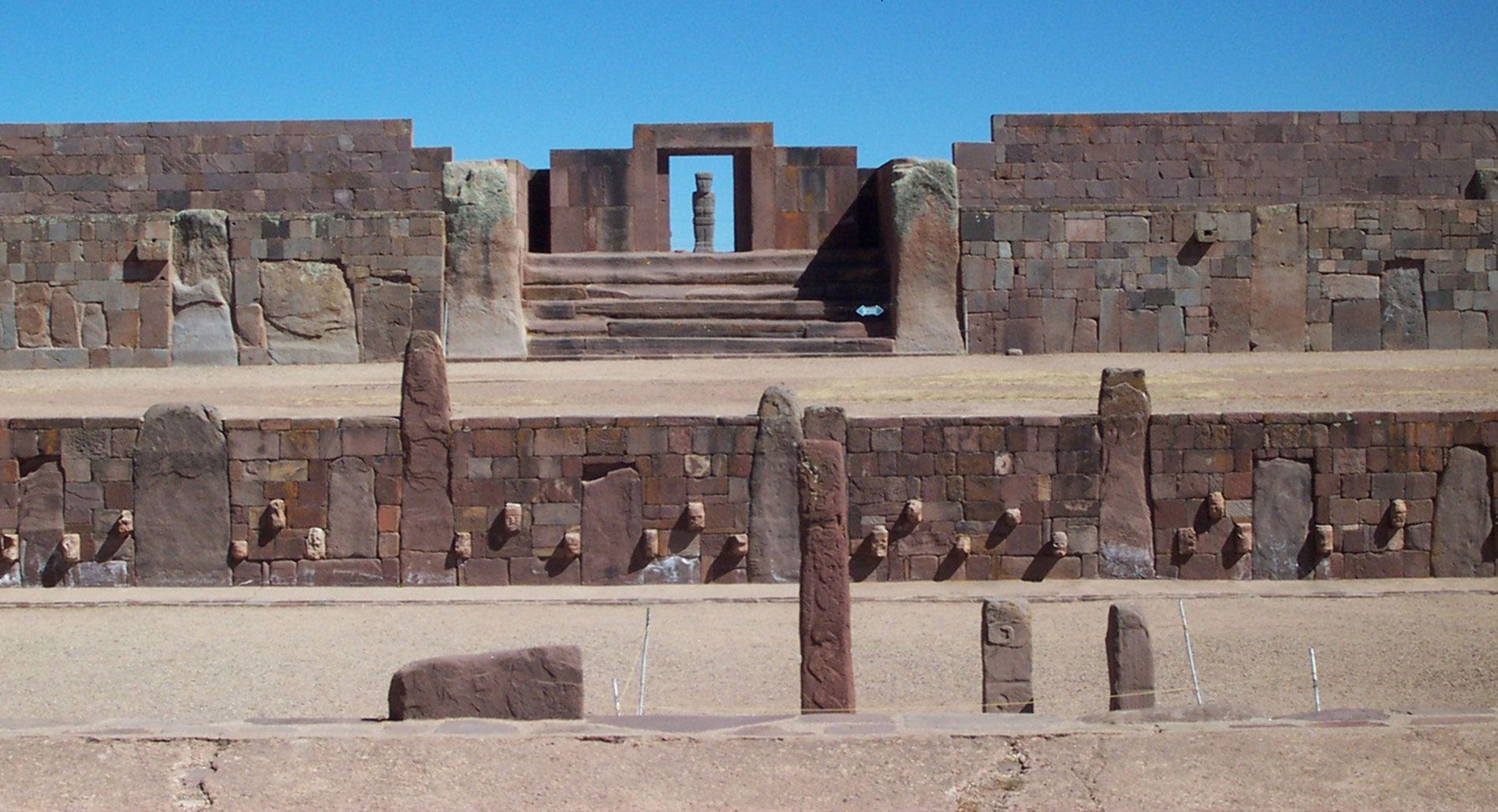
All of these cultures expanded and developed autonomously for thousands of years, creating a united culture that achieved impressive advances on its own. Peru is considered one of the six cradles of civilization that invented agriculture and is as important as India, China, Mesopotamia, Egypt and Mesoamerica.
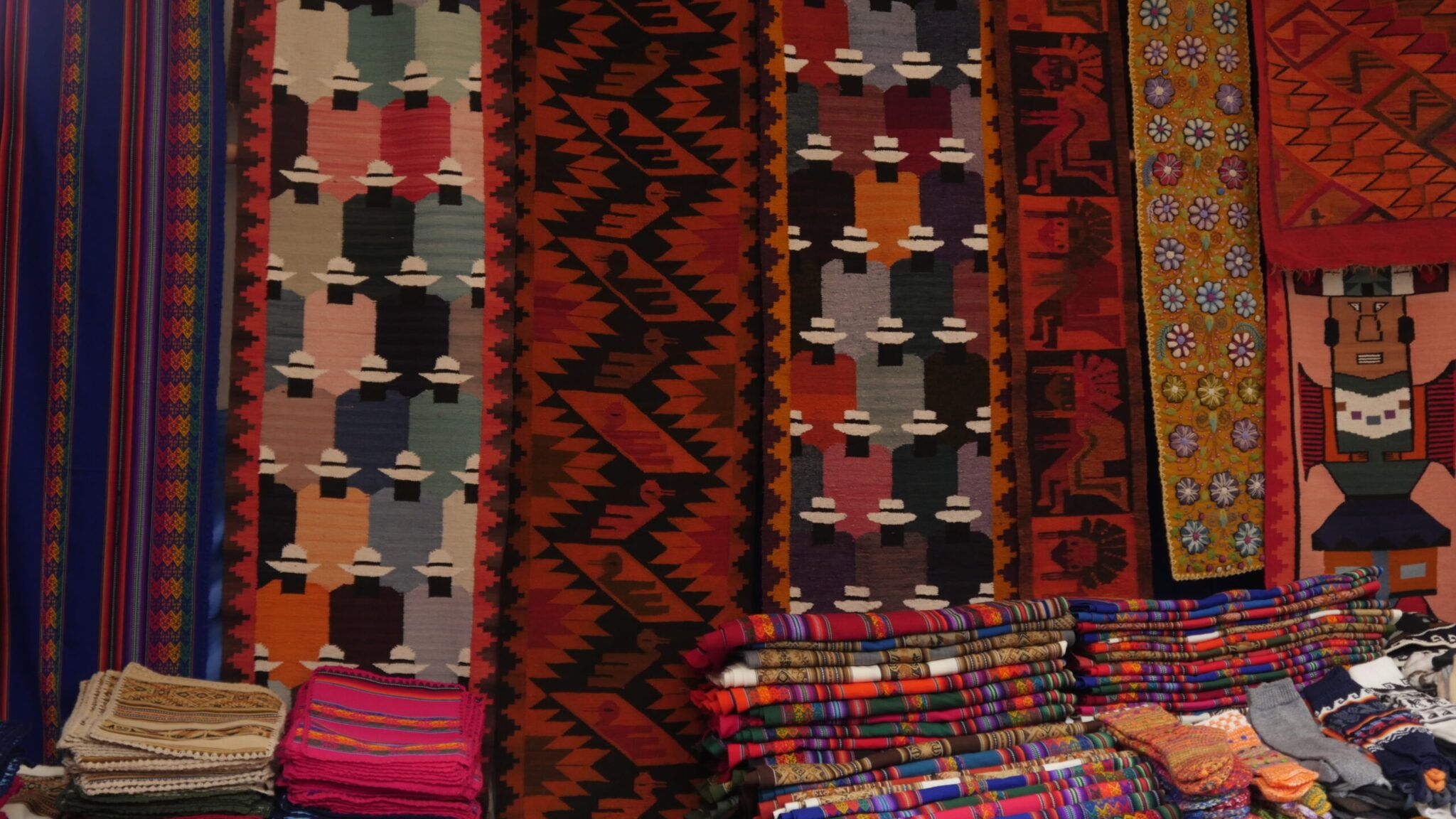
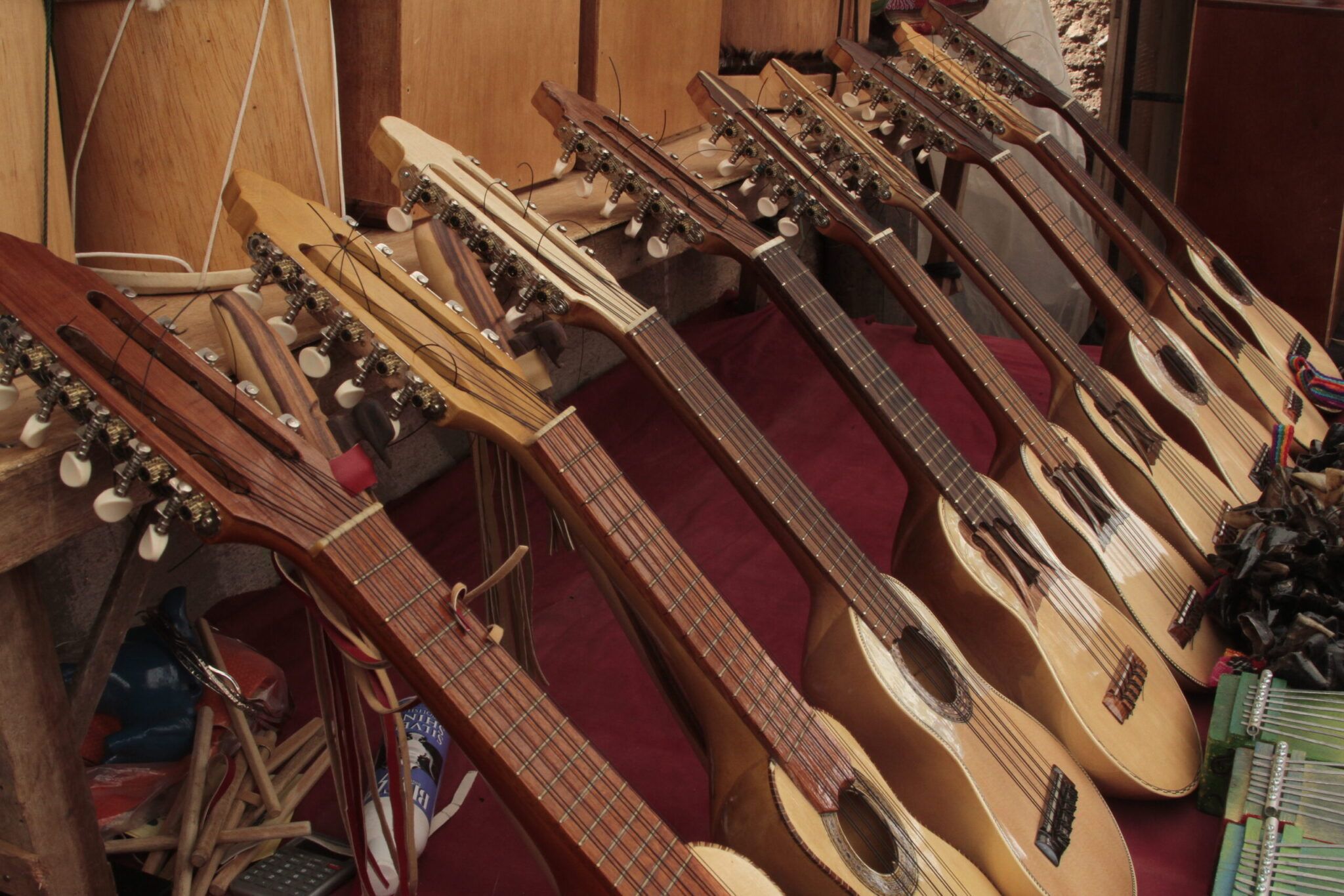
Returning to contemporary Peru, this is a country full of informality and small businessmen who try to survive from day to day and help their families get by each month. It is a country where a large part of the population still lives in poverty and especially in the countryside, sometimes it seems to be stuck in time. Although it is not uncommon to see that everyone already has a smartphone.
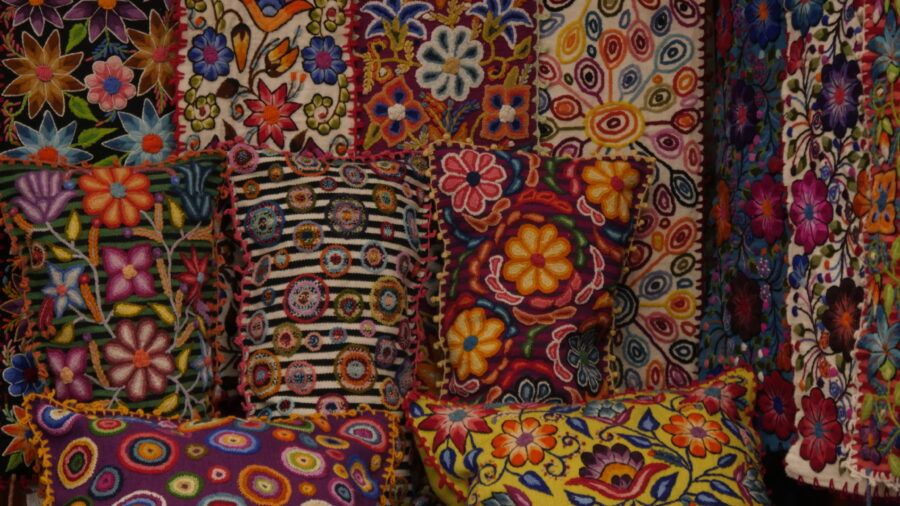
With all this, we want to warn you that in many places they do not accept credit cards, either because they do not have the necessary technology or simply because they are informal businesses that are not linked to a bank. This is why even in the middle of the city, many small stores only accept cash for payment. We recommend having at least 100 soles in your pocket for any emergency. However, we recommend having more cash on the way out of the city as there are usually no banks on the outskirts of the city to withdraw money.
Of course, many times the prices they can charge you if they see that you are a foreigner are much higher. Even the ladies in their traditional dress have learned to take advantage of the economic bonanza that tourists bring. They are people who often earn enough to eat an extra day or to maintain their business. However, don't feel bad or be afraid to negotiate prices if you perceive them to be excessive. This ranges from cabs to handicraft or souvenir vendors. Negotiating is the best thing you can do to learn to interact with the locals and have a good time, Peruvians are jokers and we love to see that the other person is willing to have fun, but always with respect.
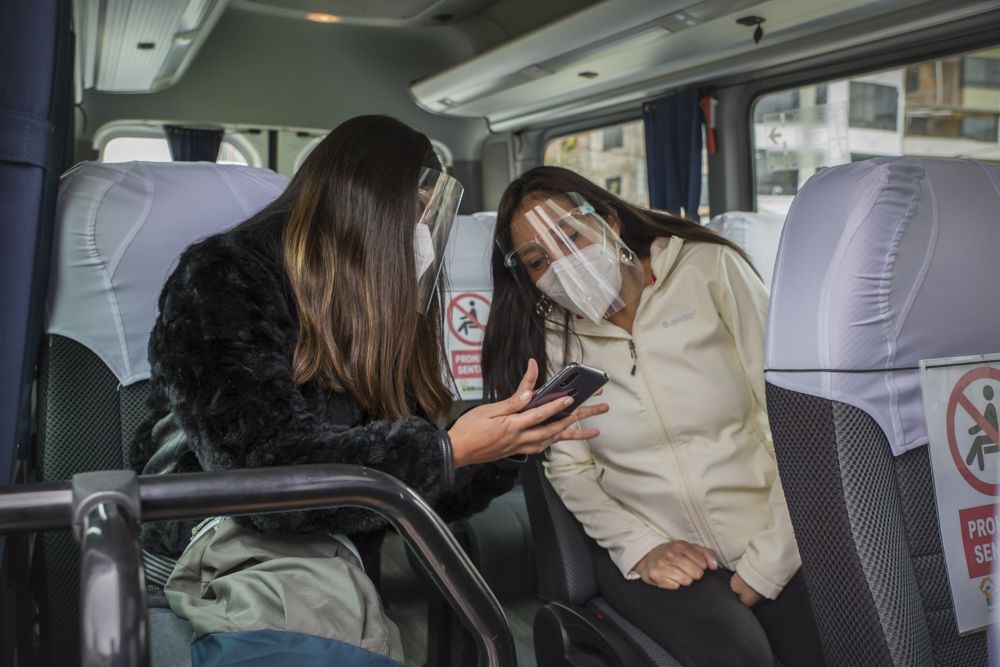
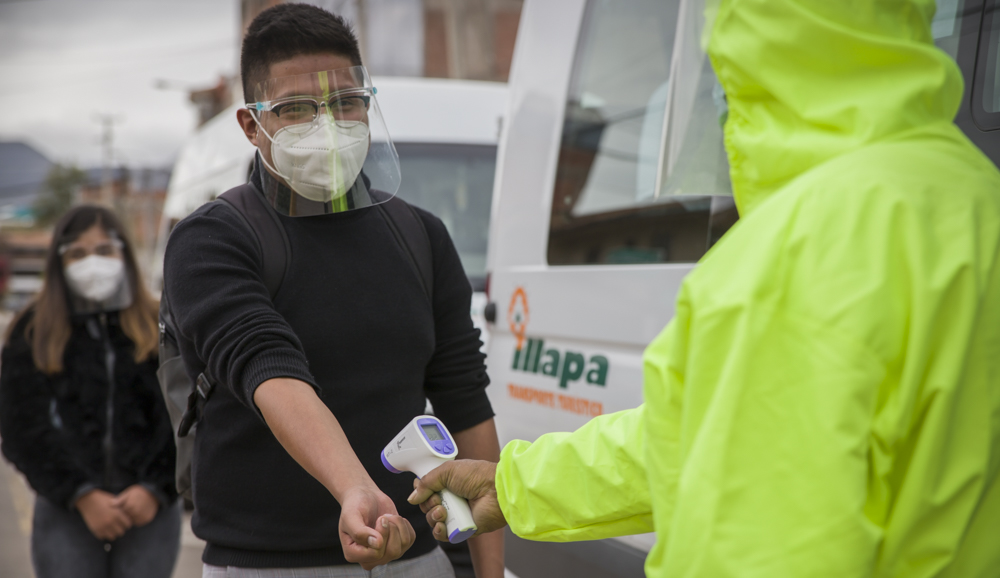
This 2022 tourism is finally recovering its rhythm of other years. Peru is a country that lives off tourism, so the pandemic was a blow to thousands of families. Hundreds of tourism agencies and businesses were left without income and had to close. After two years, the outlook is finally starting to improve.
COVID-19 infections in Peru are much lower than ever before and in general there have not been as sharp increases as in Europe. Peru had very high infections from the very beginning, from a large part of the population, and the following waves of infection were comparatively small. Even, as of May 2022, the government is allowing to go in public spaces without facial protection. In short, this is the perfect year to leave home after so much and get to know this wonderful country!
Finally, we would like to recommend you some of our favorite tours to get to know Peru with your most precious people!
